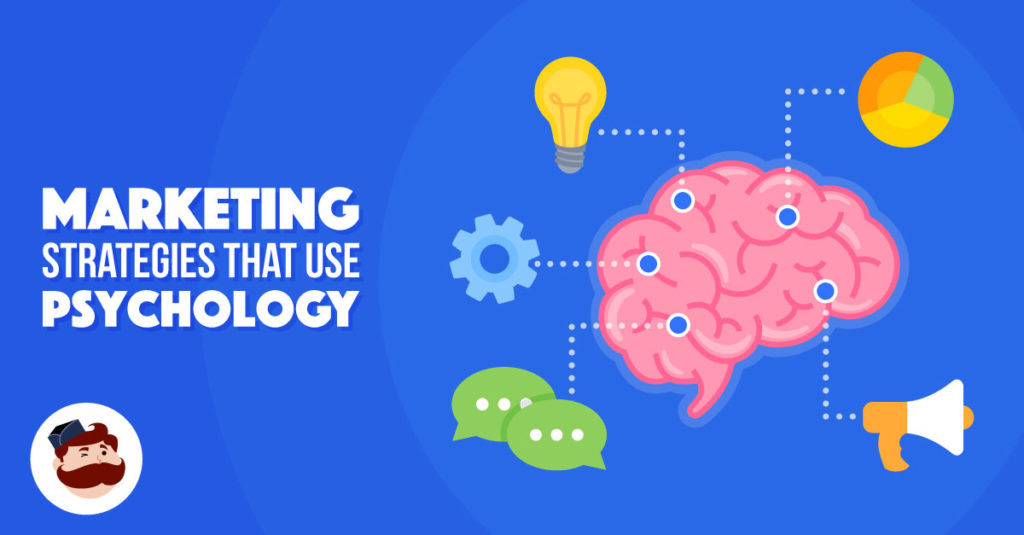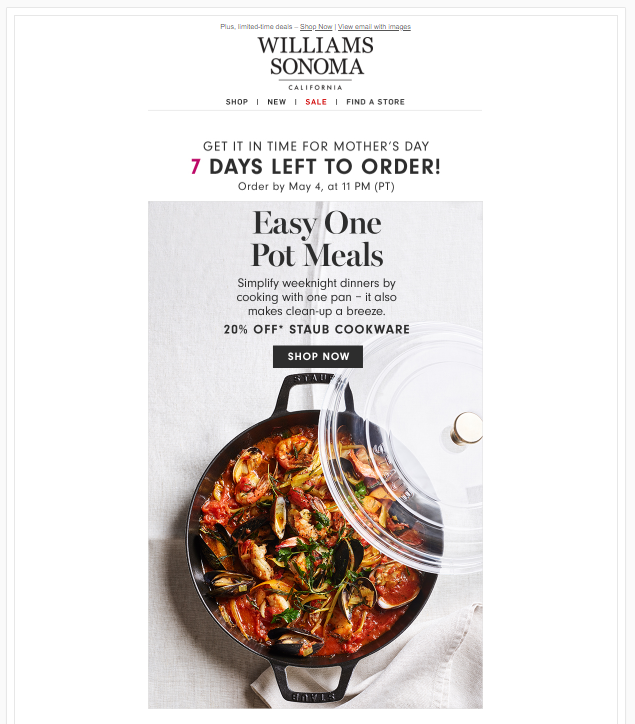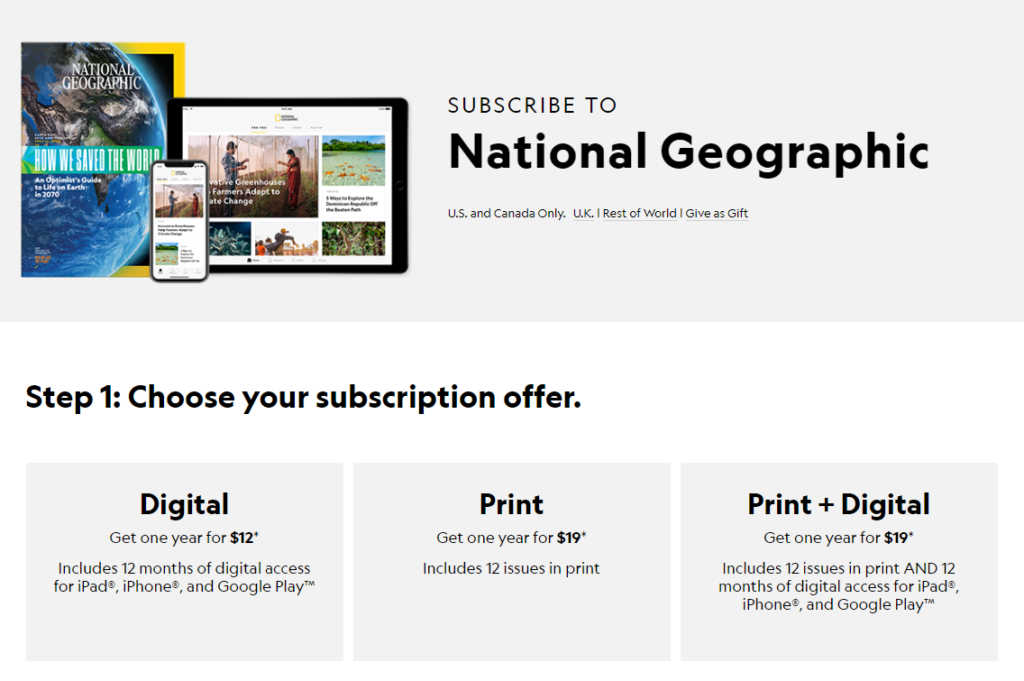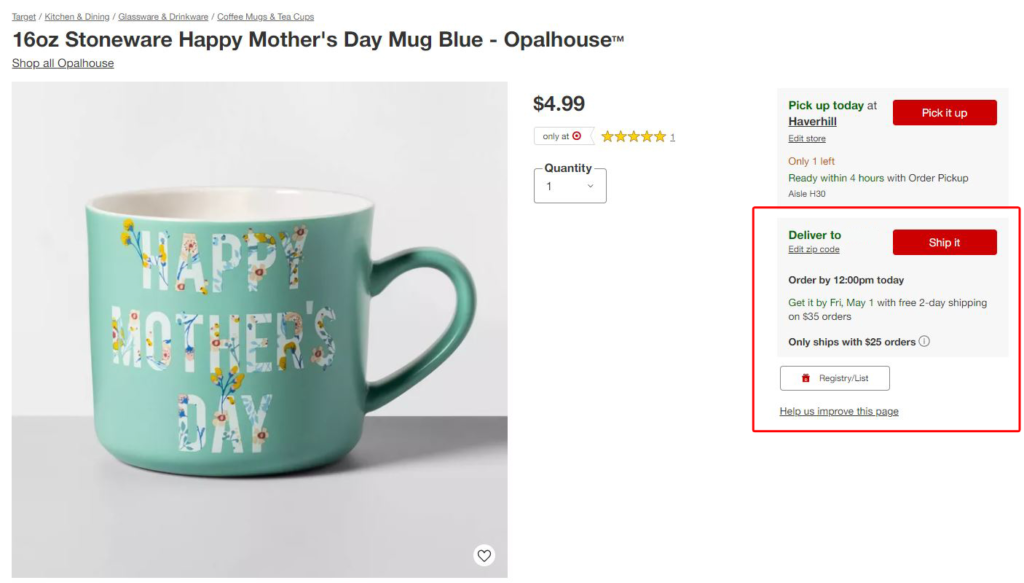Every advertiser and marketer wants to know what makes their customers tick. Why do they choose some products over others, and how can you get them to purchase from you instead of another company? The answers lie in marketing psychology.
The smartest (and most successful) digital marketers know that the study of how basic psychological phenomena affect the way consumers choose and buy products can give them precious insights. By learning why people make purchases, they are better prepared to drive sales.

And you’ll be too.
To help you take advantage of this knowledge, we’ve done the research and collected six top marketing psychology strategies.
We’ll tell you how each of these principles influences consumer behavior, and we’ll explain how you can incorporate these tactics into your larger marketing strategy.
Marketing Psychology Principle #1 – Social Proof
According to the principle of social proof, people make decisions based on the behavior of others. How does this relate to marketing?
People are more likely to buy from a company when they see other people using and enjoying products from that company. Positive reviews, high numbers of active users, and positive user-generated content (UGC) all make it more likely that a potential customer will buy from your brand.
Utilizing social proof as a brand is particularly helpful for attracting new shoppers.
They have no personal experience with the product yet, so they turn to current or past customers for their experiences. And research has repeatedly shown that consumers believe what other consumers say about brands more than they believe what brands say about themselves.
One idea for showcasing happy shoppers? When a current customer leaves you a good review, ask their permission to share the feedback on your social media pages.
A referral program is another great tool for encouraging current customers to spread the word about your brand.
And of course, you can always run a UGC campaign.
Lush, a cosmetics company, uses the hashtag #LushShowAndTell to encourage customers to post pictures of themselves using their beauty products. The company often features posts with the hashtag on its Instagram account.
https://www.instagram.com/p/B_ITtqqjmJD/
The post above received over 59,000 likes and hundreds of comments in just a few days. The high engagement inspired the customer to do a follow-up post, further enhancing Lush’s social media presence through social proof.
Marketing Psychology Principle #2 – Scarcity
Rare items are valuable. Think about precious gems, such as emeralds or rubies—their scarcity makes them worth more. This is the scarcity principle in action.
This psychological principle states that people place a higher value on items if there is a perceived shortage. And it goes beyond precious gems. One study found that people rated identical chocolate chip cookies more highly when there were fewer cookies available.
Applied to marketing, the scarcity principle means that consumers are more likely to buy something or pay more for it if they think the product is in short supply.
This concept taps into the fear of missing out (FoMo).
Consumers don’t want to miss out on a product or opportunity that may be gone soon. Scarcity creates a sense of urgency that encourages impulse purchasing.
To create a sense of scarcity, run offers that are temporary, or have limited supplies. In your campaigns, include language like “while supplies last” or “only one more day” to let consumers know they will miss out if they do not make a purchase soon.
Kitchen supply company Williams Sonoma urges customers to buy while on-time shipping is still available for Mother’s Day.

[Image from Williams Sonoma email campaign]
Marketing Psychology Principle #3 – Reciprocity
When someone gives you a gift, do you feel compelled to give them something in return (or at least feel guilty if you didn’t get them anything)? In psychology, this is called the norm of reciprocity.
In marketing psychology, the reciprocity norm means consumers often feel somewhat indebted to a company if the business gives them a product for free.
Say, for example, a gardening supply company sends out surveys and a free packet of seeds to current customers. Because the company has given them a gift, shoppers will likely feel obliged to fill out and return the survey.
Use this principle by offering free content, such as ebooks or articles, to get contact information from potential customers. The first ad the customer sees should emphasize what they’re receiving. Then, ask for their contact information after they click on the offer.
Here at AdEspresso, we offer a free ebook when potential customers sign up for our newsletters. When we advertise the offer, the focus is on the ebook and the value of it; sign-up info is not requested until users click through.
The sense of reciprocity is increased by the fact that our ebook offers are typically placed at the bottom of blog posts. Potential customers have already consumed free content before being asked for their information.Marketing Psychology Principle #4 – Loss Aversion
As its name suggests, the loss aversion principle refers to people’s preference for avoiding a loss over gaining an equal amount.
For example, we are more upset over losing $20 than we are happy about finding $20. Why do we act this way? Possibly because strong anxiety and fear are associated with loss, and negative emotions are shown to have a stronger, more lasting impact on people than positive ones.
The loss aversion and scarcity principles seem similar, but the focus is different for each.
With scarcity, you are emphasizing that there is a limited supply of an item, but with loss aversion, there is no concern with supply. To invoke loss aversion, you are letting consumers know they might lose something they already have.
To apply this marketing-psychology principle, try reframing your current advertising around losses. If you offer free trials, remind the consumer of what they will be losing as their free trial comes to an end. Or, say you offer free shipping after a customer’s order goes beyond a certain price. If they move to checkout without reaching the total, show them the amount they will lose to shipping costs compared with the amount they need to add to their cart for free shipping.
Retail giant Target uses this tactic with their online shoppers. If shoppers don’t meet the company’s $35 minimum, they lose out on free shipping. And if they don’t meet Target’s $25 minimum, they aren’t able to order the item at all.
Target bolds the phrase “Only ships with $25 orders” to remind shoppers that they will miss out on the item and free shipping if they don’t meet the minimum order. When customers see that they will lose money on shipping, they are likely to make a larger purchase.Marketing Psychology Principle #5 – Anchoring Bias
Anchoring bias tells us that our decision-making is heavily influenced by the first piece of information we get that’s related to that decision.
In terms of marketing, the anchoring bias means that customers evaluate prices and products based on the first information they receive.
Let’s say a consumer goes to one store and sees jeans priced at $100, but the same jeans are $50 at the next store. The $50 jeans seem like a really good deal, even if the person might not normally pay $50 for jeans.
Take advantage of this psychological principle in your own business by displaying original prices alongside reduced rates during sales. The original price becomes a reference point (an anchor) for the customer, making the sale seem like a better deal than if the low price were shown by itself.
Department store JC Penney saw the effects of anchoring bias firsthand when it altered its sales strategy to “everyday low pricing” instead of temporary price decreases.
In the new strategy, prices were displayed on their own and advertised as being a regular low price instead of showing a higher original price next to a lower sale price. Their sales dropped dramatically after the switch. When they changed back to an “on-sale” strategy, sales increased again, despite the fact that customers were paying the same in both cases.
Marketing Psychology Principle #6 – The Decoy Effect
Though most of these principles have broad applications beyond marketing, the decoy effect is almost exclusive to marketing psychology.
It is a cognitive bias in which introducing a third, less attractive option makes a more expensive product seem like a better deal than when there are only two products to choose from.
When there are only two options, consumers directly compare the price and quality of the products. The third option changes the customer’s mental picture of the available products and makes it more likely that they will choose the more expensive option.
Say a company offers a deal on a software bundle deal, where you can buy word processing software for $100, a bundle where word processing and spreadsheet software together cost $200, or where spreadsheet software costs $175. The presence of the least attractive option—the “decoy” offer of the spreadsheet software by itself—makes it more likely a customer will choose the bundle.
Use the decoy effect in your advertising by grouping items into sets of three instead of two, with one option serving as the decoy. Display the pricing of the individual elements compared with the full bundle. National Geographic, for example, uses the decoy effect when advertising their subscription options.

Influence your Customer Behavior with Marketing Psychology
By incorporating psychology into your marketing, you can sway shoppers to positively view your products and your company.
Apply the six psychological principles in this guide—social proof, reciprocity, and more—to your campaigns, and you’ll likely influence shoppers’ purchasing decisions and encourage more sales.
Have you used the principles of marketing psychology in your advertising? How did it work for you? Let us know in the comments!


I like the way you explained the principles of consumer behavior. It is a very unique and informative article.
Great blog! Very amazing and enlightening!